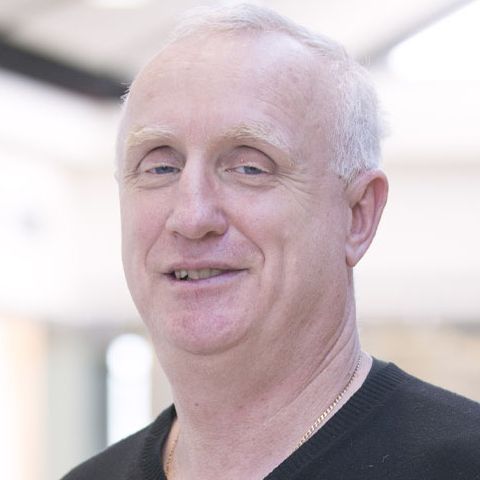Dr. Al P. Freundorfer, P.Eng. (M'90) received the BASc, MASc and PhD degree all from the University of Toronto, Ontario, Canada in 1981, 1983 and 1989 respectively.
While at University of Toronto, he worked on a unique ground penetrating radar (GPR) for three dimensional imaging of buried objects. This radar could also be mounted on a helicopter for sea ice thickness measurements.
For his post doctorate, he worked in the areas of non-linear optics of organic crystals, optical reflectometry and optical signal processing. On joining the Department of Electrical Engineering at Queen's University, he invented a coherent optical vector network analyzer, which is an instrument similar to a microwave vector network analyzer but at optical frequencies. Currently he is working in the area of Wireless Circuits.
Monolithic microwave integrated circuits (MMIC) are being investigated for millimeter wave wireless local area network (WLAN). Millimeter wave WLAN is a terrestrial point-to-multipoint radio service providing wireless broadband access to fixed networks. They could be used to provide wireless access to services ranging from data distribution to fully interactive switch broadband multi-media applications. Circuits such as low noise amplifiers (LNA), mixers, oscillators and antennas have been constructed as MMICs. Current work is being conducted on fully integrated direct digital transceivers. In addition to radio circuits, work is also being carried out in integrated antennae, ceramic materials with application to electronics and automotive radar where linear VCOs are being investigated.
To do this we have developed a new low temperature process to deposit Barium Strontium Titanate (BST) in thin film or bulk on ICs to construct filters and antenna. A unique property of BST is that we can make it ferroelectric and thus be able to make tunable circuits. For more information see High Speed Circuits Group.
